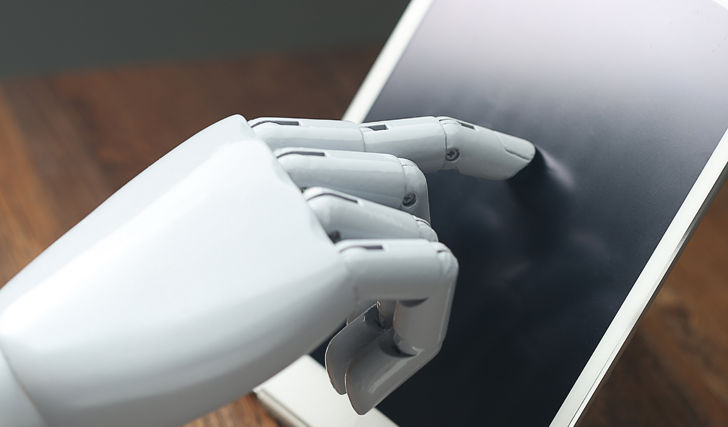Although the likelihood of a loss is higher for intangible assets than for tangible assets, only 19 per cent of intangible assets’ value is insured, compared to 60 per cent of tangible assets, according to new analysis published by professional services firm, Aon plc.
The report, Intangible Versus Tangible Risk Comparison Report 2024, finds this notable protection gap exists, despite the fact that the average total value of intangible assets is nearly 14 per cent higher than that of tangible assets. The sample of 2,462 organizations offering cyber risk management and enterprise risk management services to companies around the world also found that the average probable maximum loss for intangible assets is almost 37 per cent higher than the maximum probable loss for tangible assets. (The report also notes that businesses are 67 per cent more likely to experience a cyber incident than a physical theft and almost five times as likely to have a cyberattack as a fire.)
Data breaches
Aon says 56 per cent of organizations also reported having a material or significantly disruptive security exploit or data breach one or more times in the past 24 months. “While most organizations do not have specific intellectual property (IP) insurance policies, nearly two-thirds of organizations say they have an interest in purchasing them,” they write.
“The report offers businesses insights that will provide a better understanding of the evolving threats of artificial intelligence (AI), cyber and IP, and highlights the role insurance can play in protecting intangible assets,” they add. It also looks at the benefits organizations hope to achieve with generative AI and managing generative AI implementation risk. Factors that can amplify or decrease the cost of a data breach and an in-depth insurance gap analysis are also included.
AI driven misinformation
The report also looks at the evolution of intangible risks saying, “misinformation and disinformation driven by AI pose the most severe global risks in the next two years,” it states. “We are at the very early stages of a highly complex, multi-decade AI transformation where the upside rewards and downside perils are uncertain.”














